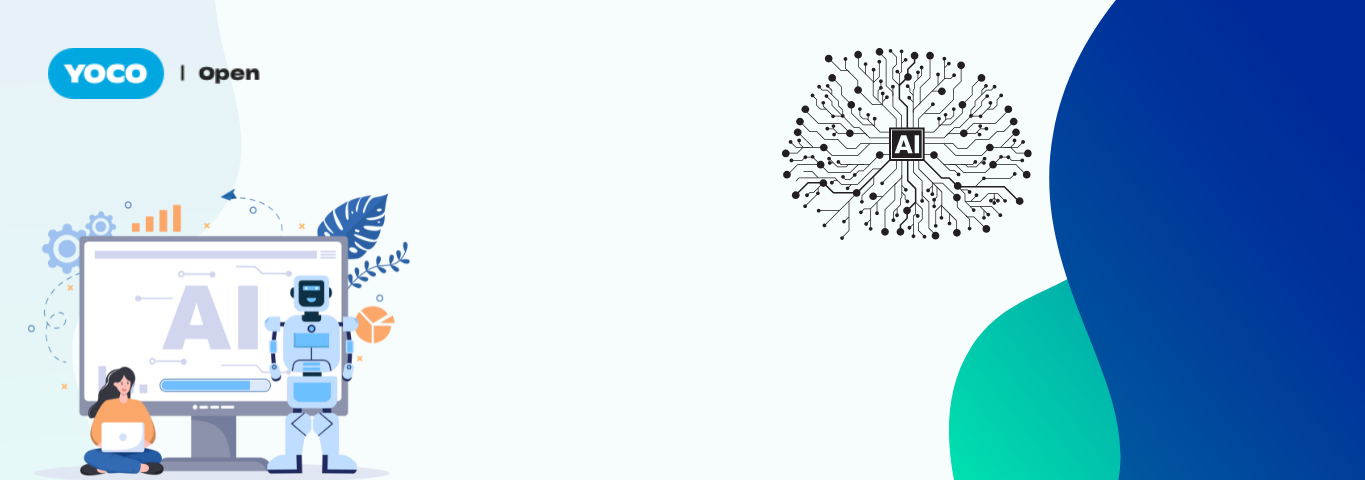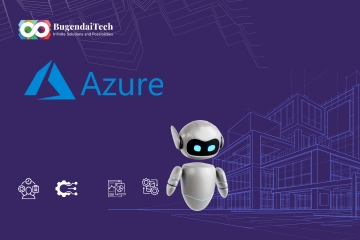Introduction to the YOCO Model: A Paradigm Shift in AI
Artificial intelligence (AI) and machine learning (ML) are fields characterized by constant evolution and innovation. Among the many models and methodologies that have emerged, the YOCO model, short for "You Only Change One", stands out as a transformative approach that promises to simplify and enhance AI development. In this blog, we delve into the YOCO model, its principles, and its potential to eliminate the reliance on transformer models, which have become ubiquitous in the AI landscape.
Understanding the YOCO Model
The YOCO model is based on a straightforward yet powerful concept: making one change at a time. This approach contrasts sharply with methods that involve multiple simultaneous modifications, which can obscure the impact of individual changes. By isolating variables, the YOCO model enables researchers and developers to gain clearer insights into the effects of specific adjustments, leading to more controlled and informative experimentation.
In essence, the YOCO model advocates for a systematic and incremental approach to model optimization. By focusing on one aspect at a time, whether it is a hyperparameter, a feature, or a model component, developers can better understand the relationship between changes and performance outcomes. This granular approach is particularly valuable in debugging and fine-tuning models, where pinpointing the cause of performance variations is crucial.
The Rise of Transformers in AI
Transformer models have revolutionized natural language processing (NLP) and other AI domains since their introduction. Key features such as attention mechanisms and scalability have allowed transformers to achieve state-of-the-art performance in numerous tasks. Transformers, like the famous BERT and GPT series, have been instrumental in pushing the boundaries of what AI can achieve, especially in understanding and generating human language.
However, their widespread adoption comes with significant challenges. Transformers are known for their computational cost, complexity, and resource intensity, which can limit their accessibility and practicality for many applications. Training large transformer models requires substantial computational power and large datasets, making them less feasible for smaller organizations or individual developers.
Moreover, the black-box nature of transformers poses challenges in interpretability. Understanding why a transformer model makes certain decisions or predictions can be difficult, which is problematic in applications requiring transparency and explainability.
YOCO vs. Transformers: A Comparative Perspective
The YOCO model offers a compelling alternative to transformer models. While transformers excel in handling large-scale data and complex tasks, YOCOs strength lies in its simplicity and efficiency. By focusing on one change at a time, YOCO reduces the complexity of experiments, making it easier to pinpoint the cause of performance variations. This method is particularly useful in scenarios where computational resources are limited or where interpretability is crucial.
For instance, in a study involving image classification, applying the YOCO model allowed researchers to identify the specific impact of each hyperparameter adjustment, leading to a more optimized and efficient model. In contrast, a transformer-based approach might have required significantly more computational power and time to achieve similar results. Another example can be found in sentiment analysis tasks, where using YOCO helped in fine-tuning simpler models with fewer resources while maintaining competitive performance.
Implementing YOCO in AI Systems
Implementing the YOCO model in AI systems involves a systematic approach. Here are the key steps:
- Identify the Variable: Choose one aspect of the model to modify, such as a hyperparameter, a feature, or a component. This could be as specific as adjusting the learning rate or modifying a single layer in a neural network.
- Control Other Factors: Ensure that all other variables remain constant to isolate the impact of the change. This step is crucial for maintaining the integrity of the experiment.
- Experiment and Observe: Make the change and observe the results, noting any performance differences. Utilize tools such as validation sets and performance metrics to quantify the impact.
- Iterate: Based on the findings, decide whether to keep the change or revert to the original setting. Repeat the process with other variables to systematically improve the model.
Various tools and frameworks can be used, including simple scripting languages, Jupyter notebooks, and specialized ML libraries that facilitate controlled experimentation, to support YOCO-based development. Frameworks like TensorFlow and PyTorch also offer utilities for systematic hyperparameter tuning, aligning well with the YOCO methodology.
Benefits of the YOCO Model
The YOCO model offers several significant benefits:
- Improved Interpretability: By isolating changes, YOCO enhances the understanding of how each modification affects the model, making it easier to interpret results. This is particularly valuable in fields such as healthcare and finance, where understanding model decisions is critical.
- Reduced Computational Resources: YOCOs simplicity often requires fewer computational resources compared to transformer models, which can be resource-intensive. This makes it accessible to a wider range of practitioners, including those with limited access to high-end computing infrastructure.
- Easier Debugging and Optimization: The clear insights provided by YOCO facilitate easier debugging and model optimization, streamlining the development process. This iterative approach allows for more precise and targeted improvements.
Challenges and Considerations
Despite its advantages, the YOCO model is not without challenges. One potential drawback is that focusing on one change at a time can be time-consuming, particularly for complex models with many variables. Additionally, there are scenarios where the interplay between multiple changes is crucial, and YOCOs single-variable approach might not capture these interactions effectively.
To address these challenges, ongoing research is exploring ways to enhance the YOCO model, such as incorporating techniques to efficiently manage and prioritize variables for experimentation. Combining YOCO with other optimization methods, such as Bayesian optimization or evolutionary algorithms, can also help in balancing the thoroughness of single-variable changes with the need for efficiency.
Conclusion
The YOCO model represents a paradigm shift in AI development, offering a simple yet effective approach to model optimization and experimentation. By focusing on one change at a time, YOCO provides clearer insights, improved interpretability, and reduced computational demands. While it may not entirely replace transformer models, YOCO offers a valuable alternative for specific applications and scenarios. As AI continues to evolve, the YOCO model stands out as a promising methodology that could reshape the landscape of AI research and development.
Encouraging researchers and practitioners to explore YOCO in their projects could lead to more efficient, understandable, and accessible AI systems. Whether used as a complementary approach or a standalone methodology, YOCO has the potential to drive significant advancements in the field of artificial intelligence.






Comments